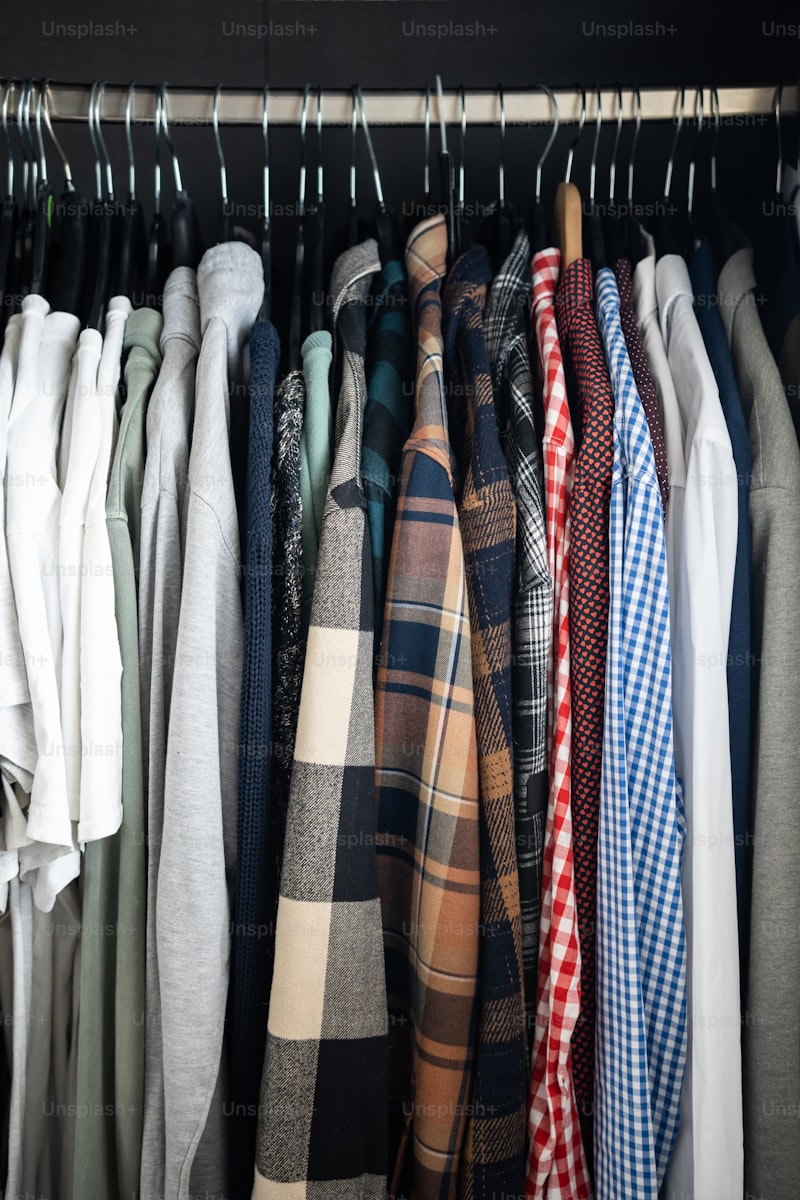Mastering Layering Techniques for Added Comfort: Your Comprehensive Guide
Introduction to Layering Techniques
Layering is not just a fashion trend; it's a practical way to enhance your comfort in various situations, from chilly mornings to air-conditioned offices. Understanding how to effectively layer your clothing can lead to a better experience in daily life. Below, we delve into various layering techniques that can provide added comfort and style.
Why Layering Matters
Layering is valuable for several reasons. First, it allows you to adapt to changing temperatures throughout the day. Second, it provides you with the opportunity to mix and match different textures and patterns, enhancing your overall style. Finally, good layering helps to regulate body temperature, keeping you comfortable in both cool and warmer climates.
The Basics of Layering
To effectively layer, it’s essential to understand the three fundamental layers: the base layer, the middle layer, and the outer layer.
| Layer Type | Purpose | Materials Recommended |
| Base Layer | Wicks moisture away from the skin | Merino wool, synthetic fibers |
| Middle Layer | Provides insulation | Fleece, down, wool |
| Outer Layer | Protects against wind, rain, and snow | Waterproof and windproof materials |
Choosing the Right Base Layer
The base layer is your first line of defense against moisture. It should fit snugly to wick sweat away from your body. Merino wool is a fantastic option due to its natural moisture-wicking properties and breathability. For those seeking synthetic options, polyester-based materials are lightweight and effective. Remember, choosing the right base layer is crucial for comfort.
Understanding the Middle Layer
The middle layer is your insulation barrier. It retains body heat, making it essential for chilly environments. Fleece jackets are light and fluffy, offering excellent warmth without bulk. Down jackets, although pricier, provide superior insulation, making them worth the investment for those in colder climates.
Exploring the Outer Layer
The outer layer shields you from external elements. Depending on your location, this could be a waterproof shell, a windbreaker, or an insulated parka. Look for materials like GORE-TEX or other waterproof fabrics to keep the rain at bay. Make sure that the outer layer is breathable to allow moisture from your base and middle layers to escape.
Layering Techniques for Different Situations
Casual Outings
For casual outings, consider a simple combination: a fitted base layer t-shirt topped with a cozy sweater or hoodie, completed with a stylish jacket. This look is not only comfortable but allows for easy adjustments should the temperature change.
Outdoor Activities
When engaging in outdoor activities like hiking, utilizing layering techniques becomes crucial. Start with a moisture-wicking base layer, add a thermal mid-layer for insulation, and finish with a durable outer layer that offers protection against the elements.
Work Attire
If you work in an environment with fluctuating temperatures, layering can save the day. A tailored button-down shirt can act as a base layer, a lightweight blazer as a middle layer, and a structured coat as the outer layer. This look remains professional while providing comfort throughout the day.

Color Coordination in Layering
While comfort is paramount, the aesthetics of layering shouldn't be overlooked. Opt for a color palette that works well together. Monochromatic schemes or complementary colors can elevate your outfit while maintaining a relaxed vibe. Mixing textures can also add visual interest to the ensemble.
Common Layering Mistakes to Avoid
Even seasoned layerers can fall prey to certain pitfalls. Here are some common mistakes to avoid:
- Wearing Ill-fitting Layers: Always ensure each layer is comfortable and fits well. Bulky layers can restrict movement.
- Neglecting Breathability: Ensure your materials allow for airflow to prevent overheating.
- Forgetting About Functionality: Style is important, but so is functionality. Consider the climate and your activities when layering.
- Overcomplicating Your Look: Sometimes less is more. Choose key pieces that work well together instead of excessive layers.
Tips for Effective Layering
Here are some refined techniques to enhance your layering skills:
- Invest in Quality Basics: Quality always trumps quantity. Spend a little more on essential base and mid-layers that will last.
- Consult Weather Reports: Before dressing, check the forecast to plan your layers accordingly.
- Practice Your Combinations: Experiment with different items in your wardrobe to see what works best for you.
- Be mindful of your activities: Tailor your layers to the day's events, whether you're running errands or heading out for a hike.
Conclusion
Mastering layering techniques for added comfort can significantly enhance your daily life. By understanding the roles each layer plays and how to choose the right materials, you can stay comfortable and stylish no matter the situation. So remember, invest in quality layers, avoid common mistakes, and explore various combinations. Whether you're dressing for a casual outing or preparing for outdoor adventures, effective layering is your key to comfort.
Remember: Layering isn't just about utility; it can also reflect your personal style. So have fun with it and express yourself through your outfit choices!